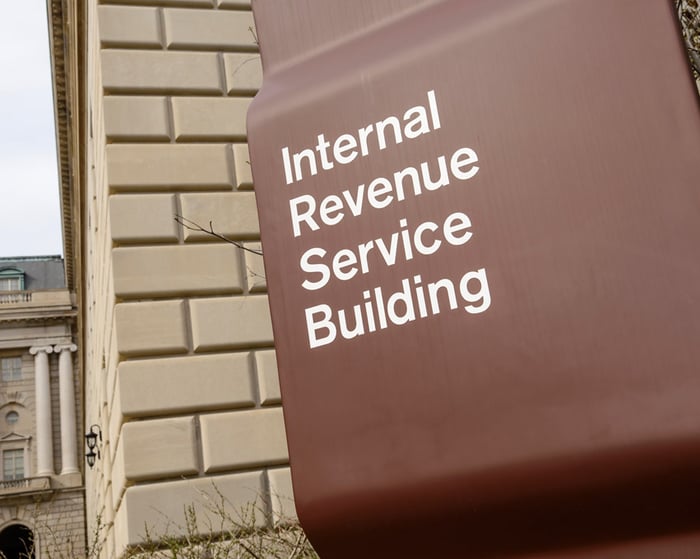Key Takeaways
- Dealing with delayed ERC approvals - and denials.
The IRS has quietly made a big change in how taxpayers claiming Employee Retention Credits reduce their deductions for payroll expense.
Taxpayers will no longer be required to amend a prior year income tax return or file an administrative adjustment request (AAR) to adjust the wage expense as a result of an Employee Retention Credit claim, under changes included in an updated FAQ last week.
Instead, Taxpayers can report the adjustment as gross income on the income tax return in the year the ERC payment is received. Before this guidance was released, taxpayers had to reduce their wage expense for any credits taken in the year the wage expense was incurred. For example, for an ERC claimed for 2020, wage expense for 2020 would need to be reduced.
The new guidance also gives ERC claimants an option: if the statute of limitations has not closed, taxpayers can amend a prior year tax return to reduce their wage expense by the amount of the ERC claimed, or they can instead include the credit in gross income on the tax return when it is received. If the statute has closed for amending the prior return and the taxpayers have not made the required deduction adjustment, they should report the ERC as gross income in the year it is received. The IRS warns in the FAQs that by not recognizing the ERC on a tax return, Taxpayers “may be claiming an unwarranted double benefit”.
If the IRS disallows an ERC claim, the FAQ allows taxpayers to increase their wage expense in the year the disallowance is final, after the taxpayer has given up efforts to receive the credit.
Contact Gil Mitchell or Tonya Rule with questions.
We're Here to Help




